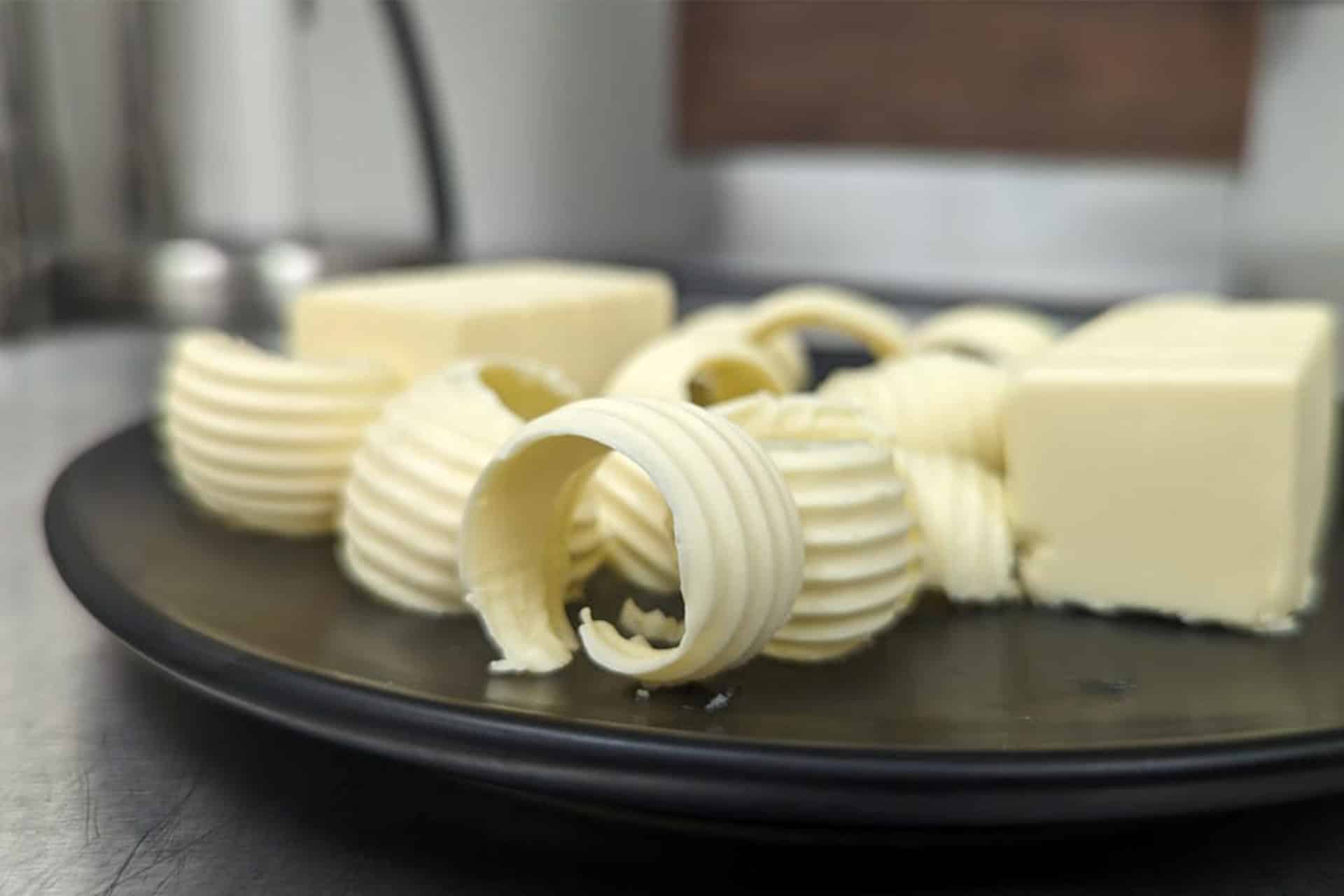- cross-posted to:
- vegan
- cross-posted to:
- vegan
A California-based startup called Savor has figured out a unique way to make a butter alternative that doesn’t involve livestock, plants, or even displacing land. Their butter is produced from synthetic fat made using carbon dioxide and hydrogen, and the best part is —- it tastes just like regular butter.



You cannot be serious that animal-based and plant-based are grouped in this figure. Plant-based is likely close to carbon-neutral, and only not net-negative, because of transport, cooling etc., which will also be necessary for this artificially created fat…
Tilling, seeding, treating, and harvesting all require machinery and therefore increase carbon output in farming.
Your comment existing has a carbon footprint, doesn’t mean it should be paired with the dairy industry’s
Yeah. But since farm animals are often fed from farmed plants these days, animal-based tends to be worse by quite a solid factor. This article puts butter at 4x worse than margarine, for example: https://www.forkranger.com/blog/is-margarine-a-sustainable-alternative-for-butter/
How plant-based compares to this new process still needs to be seen for sure. If it’s just a machine you can plug in at the store and everyone can get their butter like out of an ice cream machine, without transport and cooling chain, then it’s likely a lot better.
But at this point, I don’t expect the process to be much more efficient than what plants are doing, which means you’d still need a ton of energy and particularly also land area for it.
Plus the simple effects of land conversion. Plus the emissions from the feces.
Well you see, animal sources are responsible for 3.7 billion tons and plant sources are responsible for -0.2 billion tons.
I thought that was funny.